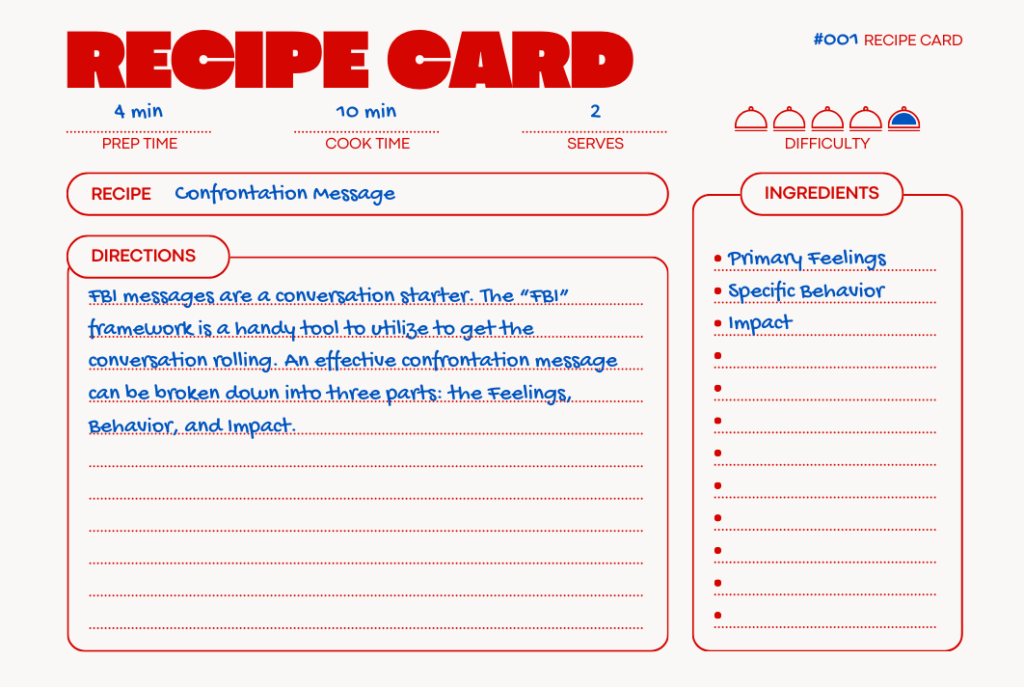
Picture this: you’re heading to the train station with your friend to catch a 4-hour train for a fun weekend away. You are a traveler who likes to be prepared, so you intentionally planned to arrive at the station 10 minutes before the train departs to have time to choose your seat, get settled with your bags and snacks, and ease any travel concerns. You get to the station, and as you go to the track, your friend says she will go into CVS to buy a snack for the ride. You say okay and that you’ll wait for her before going to the track since you don’t have assigned seats and want to ensure you can sit together. She goes into the store, and you immediately get anxious. A minute passes, then three. You keep checking your watch – 6 minutes until the train leaves. Your mind starts to spiral – you’ll be so annoyed if you miss this train because she went into the store and you were ready and on time. You check again and know the train will pull away from the tracks in five minutes. Five minutes! Finally, you see her emerge from the store and tell you that “there were so many options, I just couldn’t decide what to pick!”. Thankfully, you still made the train and used the first 20 minutes of the ride to bring your heart rate back down.
Three Moves
This was me about a week ago, and let me tell you – I still have feelings about it. In that moment, I had a problem and was genuinely upset about the situation. The good news? As an alum of Our Community Listens, I know that when we have a problem, we have three moves.
The first move is to accept the behavior – consider if this is something that you can accept moving forward. The fact that the situation still upsets me and raises my emotions indicates to me that this is not something I can accept.
The second move is to adjust the circumstances – to remove that which is bothering you. I could choose to adjust by never traveling with this friend again, but that seems extreme. She is still one of my best friends and is someone I’d hope to continue to go on trips with in the future. I could also adjust my circumstances by making sure that I bring a snack for her next time, therefore anticipating this problem and mitigating it before it reaches this point. That seems like a decent option but does require more work on my end.
The third move is to confront – to have a conversation with the other and ask them to change their behavior. I could confront her and ask her to change her behavior so that this (hopefully) doesn’t happen again. If I decide that confronting is my best option, my next step is to build an effective confrontation message.
Crafting the Confrontation Message
Confronting is simply starting a conversation, and the “FBI” framework is a handy tool to utilize to get the conversation rolling. An effective confrontation message can be broken down into three parts: Feelings, Behavior, and Impact. Let’s dive into this a bit more.
- One of the key components of the confrontation message is conveying how you feel about the situation. Not just a general feeling – we want to be very specific here. Were you feeling angry, or were you feeling disrespected? Were you sad, or were you concerned? In my case, I wasn’t just annoyed, I was anxious because of her behavior. The more specific we can be in naming our feelings, the less the other person must guess about how we feel.
- We’ve got our feeling named, now let’s consider what it is about the behavior of the other person that is bothering you. Again, specificity is key here. The more exact you can be in naming the behavior of the other person, the easier it is for them to hear you. It’s really easy for us to confuse specific behaviors with sneaky judgments – be careful here. Are you concerned about your son being lazy (judgment), or are you concerned that your son is not completing his chore list by the end of the day (behavior)? Are you irate because they don’t care about your opinion (judgment) or are you irate because they interrupted you again (behavior)? In my situation, I could have said that I was anxious because she didn’t care about being prepared for the trip (judgment), or I could have said the fact that I was anxious when she went into CVS to buy a snack (behavior). I wonder if one would land with her better than the other. Remember – the other person cannot argue about a behavior – they are seen and heard. Ask yourself if you are naming the specific behavior when you confront.
- Finally, include the impact that this behavior is having to round out your message. The impact can be on you, the team, those in your community – anyone affected by the behavior. Is the behavior causing people to have to redo work that’s already been completed? Is it costing your family more money than you budgeted for? Is it making you less engaged in the relationship? For me, the impact was that I was concerned that we would miss our train and, therefore, our weekend with friends.
Once all three of those elements are named, you can bring them together to make your confrontation message. It might sound something like: “Hey, it made me anxious when you went into CVS to buy a snack 10 minutes before our train was leaving, and I was concerned that we would miss the train and therefore our weekend with friends.” The message is as quick as that and opens the door to a conversation where you can hopefully move to a solution together.
Moving Forward
After the confrontation message has been delivered, we shift back into reflective listening to learn more about their behavior. The ultimate goal of these effective confrontation conversations is to come to a place of understanding and maybe even strengthen the relationship by building a connection between you and the other person.
I’d encourage you to look for opportunities in your life when confronting might be necessary. These conversations can be challenging to have, but they have the opportunity to both help you get your needs met and invite someone else into that process along with you.
If you want to have more conversations around writing impactful confrontation messages, sign up for our Roundtable on March 21st from 2:00 – 3:00 eastern time by registering here.
